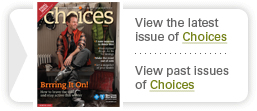With the cost of prescription drugs soaring, many people are looking for ways to save at the pharmacy. Take these steps to help lower the amount you pay out of pocket:
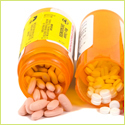
Try generic drugs. Next time you fill a prescription, ask your pharmacist or doctor about a generic equivalent. If a generic isn't available for the specific drug you take, ask whether there is another generic that could treat your condition. According to the U.S. Food & Drug Administration (FDA), generic drugs can cost 30 to 80 percent less than brand-name drugs, and they contain the same active ingredients and are equally effective. Plus, generic drugs are FDA-approved, which means they have passed the same rigorous testing as brand-name drugs to ensure safety and effectiveness.
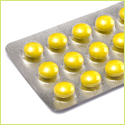
Ask your doctor about over-the-counter (OTC) drugs. For certain conditions, such as allergies, cough, or acne, an OTC drug is often just as effective as a prescription drug, and frequently costs less than the copayment for a prescription drug. (To avoid drug interactions and unwanted side effects, tell your doctor about every prescription and OTC medication you currently take.)
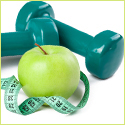
Talk to your doctor about healthy lifestyle changes. You can deal with high blood pressure, high cholesterol, and many other health problems by eating a healthy diet, exercising more, and reducing stress. Ask your doctor about how you can reduce—or even stop—your need for medication. However, don't stop taking medication without talking to your doctor, even if you think your health condition is under control.
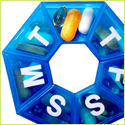
Take medication as prescribed. When you take certain medications, such as antibiotics, it's important to finish all the medicine prescribed, even if you feel better. Taking medication incorrectly could require a second round of medicine and also lead to other health problems.


